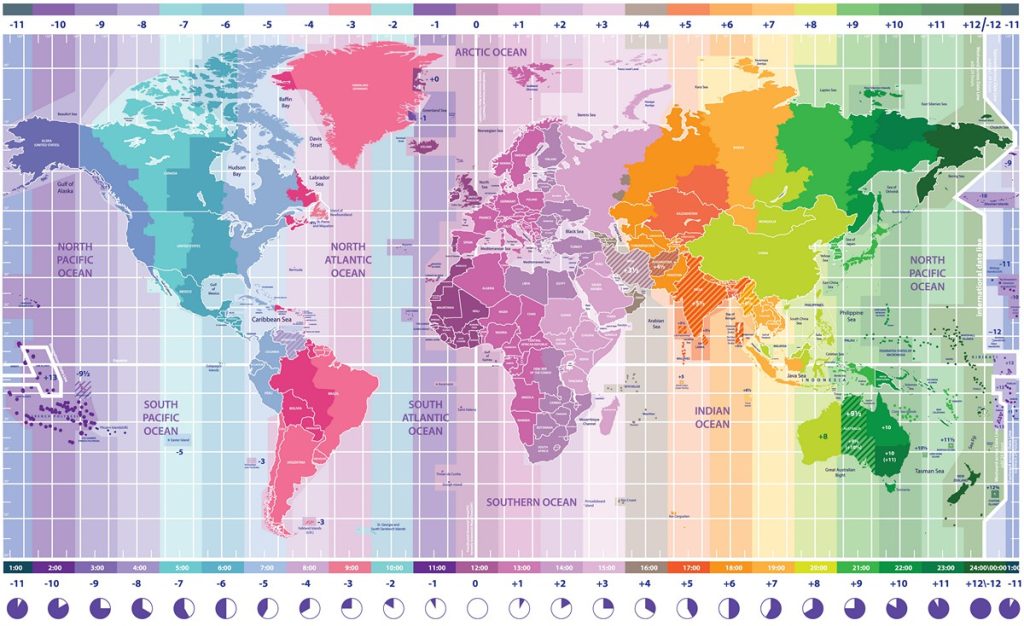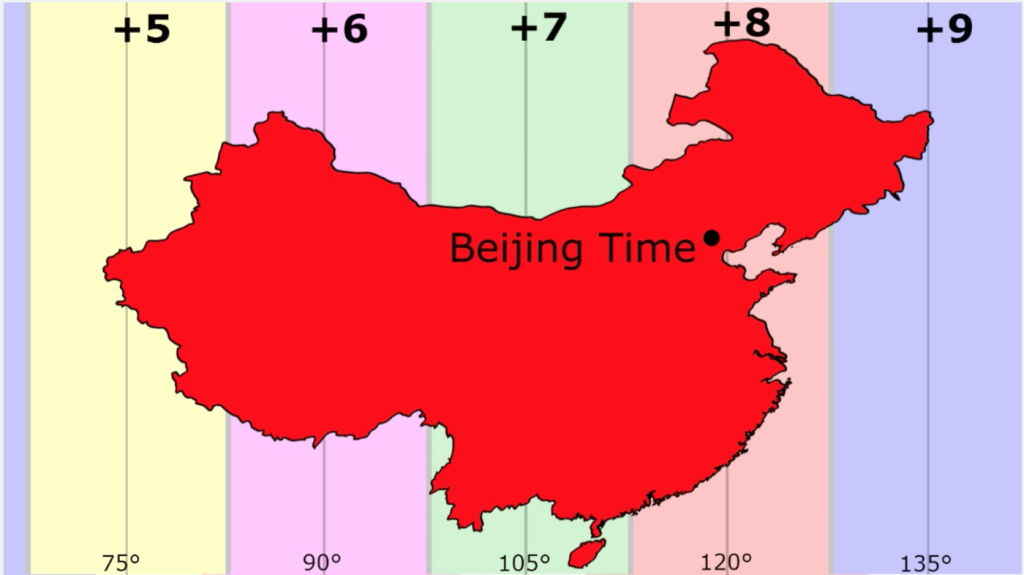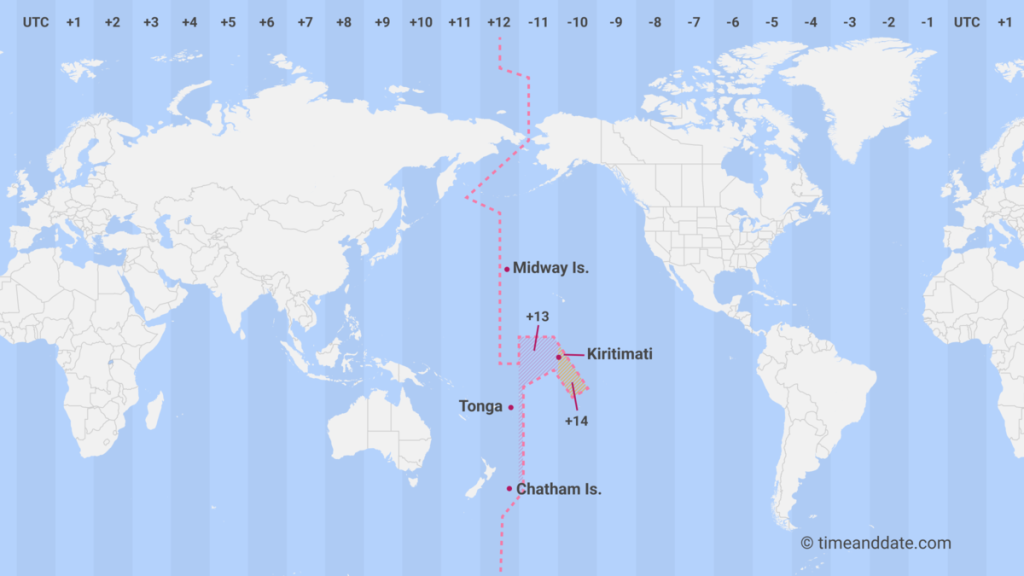I’ve written about the importance of having accurate time before (here and here) and have always said that it can be difficult to keep a proper clock. I’ve always looked at it from a technical standpoint but a couple of days ago, one of my students sent me a video (see below) and it caused me to look at the topic of time from a completely different perspective.
In the military, we generally work off of Zulu time. When you’re trying to coordinate with forces across the globe, having a common time that we can all use just makes sense. As a professor who teaches computer forensics, and even when I was on a Cyber Protection Team (CPT), I always understood that having that same common time standard makes life significantly easier when I am trying to piece together log files and information from a variety of sources. But I’ve always thought that even if a common time standard wasn’t used, it was generally easy enough to adjust log times and such to standardize during analysis instead of production. I was wrong.
The idea of time zones was first created in 1883 by the American railroad companies. They broke the US into the four time zones that we’re all familiar with. This time standard was not official (outside of the train companies) but was fairly well adopted because much of the country lived off the train schedule. In 1883, the international community began to talk about the need for a standardized way of keeping time across the globe, and in Oct 1884, it was agreed that the Greenwich Observatory in England would serve as the prime meridian for longitude and time. It also established that given the fact that the Earth takes 24 hours to rotate (roughly speaking) that it would be divided up into 24 time zones. 360 degrees, divided by 24 timezones means that each timezone is 15 degrees across but it’s important to understand that even though there is an international standard for time zones, it is ultimately up to each country to determine how time is handled. there.
The United States
By 1918, Congress passed the Standard Time Act which formalized the time zones, and also established daylight savings time. In 1966 the Uniform Time Act created the system that we use today. Looking at the continental United States, it ranges from approximately 67 W in Maine to 125 W in Washington for a total span of about 58 degrees. When you compare that to how the 15-degree divisions based on Greenwich are spaced out, the US actually covers 5 international time zones but instead, we only observe 4. When you look at the boundaries of the 4 US timezones, while they follow the international boundaries relatively closely in some places, in others, they are significantly different.
Today, timezones within the US are managed by the Department of Transportation and are based more often than not on the closest major city to a location (and its timezone) than its exact location on the map. For example, in 2000, the DOT moved Wayne County, KY from the Central time zone to the Eastern. According to the announcement in the federal register, it stated the following:
15 USC 261 states that the standard for making a time zone boundary change is ‘‘regard for the convenience of commerce and the existing junction points and division points of common carriers engaged in interstate or foreign commerce.’’ In order to determine what decision would support ‘‘the convenience of commerce,’’ the Department looks at a wide variety of factors about how the potential change would affect the community and surrounding areas. These factors include, but are not limited to the following: 1. From where do businesses in the community get their supplies and to where do they ship their goods or products? 2. From where does the community receive television and radio broadcasts? 3. Where are the newspapers published that serve the community? 4. From where does the community get its bus and passenger rail services; if there is no scheduled bus or passenger rail service in the community, to where must residents go to obtain these services? 5. Where is the nearest airport; if it is a local service airport, to what major airport does it carry passengers? 6. What percentage of residents of the community work outside the community; where do these residents work? 7. What are the major elements of the community’s economy; is the community’s economy improving or declining; what Federal, State, or local plans, if any, are there for economic development in the community? 8. If residents leave the community for schooling, recreation, health care, or religious worship, what standard of time is observed in the places where they go for these purposes?
https://www.transportation.gov/sites/dot.dev/files/docs/KY%20Wayne.pdf
Asia
In theory, Russia should have a total of 11 time zones but when you look at the map below, you’ll see that there are only 8 of them, and nearly none of them actually line up with where they should be (geographically speaking). Prior to 2010, they actually had all 11 timezones, but then decided to consolidate them to 9, and then in the summer of 2011, they advanced an hour for daylight savings time and never went back.
China should cross five time zones but instead uses a single time zone (UTC +8) which corresponds with the correct time in Beijing. This means that if you cross the board from China into Pakistan, you will immediately lose three hours.
The West Bank
The West Bank is the only spot on the map where the time is based on your ethnicity instead of geography. Palestinians follow Palestine Standard Time which is based on Eastern European time while Israels in the West Bank follow Isreal Standard Time. While both timezones are UTC +2 or +3 depending on the time of year, when daylight savings time starts and ends differs by as much as a month. This means that there is a one-hour difference in time for the same location, based simply on if you are Jewish or not. As you can imagine, this causes problems.
Non-Hour Offsets
Across the globe, there are several places that have a time zone offset of 30 or even 45 minutes past the hour UTC. India, Sri Lanka, Afghanistan, Iran, and Myanmar all have offsets of 30 minutes, along with portions of French Polynesia, Canada, and Australia. Likewise, Nepal and parts of New Zealand have offsets of 45 minutes.
Daylight Savings Time
There is great debate about where the idea of Daylight Savings Time (DST) came from, and if it is at all useful. Within the US, all states observe DST with the exception of Hawaii, and most of Arizona. Across the globe, only about 40 percent of all countries use daylight savings time, although as noted above, when that starts is by no means universal. Not only does it differ greatly based on if you are on the Northern or Southern Hemisphere, but also within the hemisphere. For example, the US starts DST on the 2nd Sunday in March while Mexico starts it on the first Sunday in April. But these are general statements and can change. For example just last month, Palestine delayed the start of DST by 24 hours from Saturday March 26 to Sunday March 27.
International Date Line
The International Date Line (IDL) is the imaginary line in the Pacific Ocean that is 180 degrees offset from Greenwich where the date changes. While this line should be straight and run through the eastern edge of Russia, straight down, it definitely does not. First, Russia decided that they were not going to have the date change for a portion of the country, so it actually resides in the area between Alaska and Russia. But even then, the line is far from straight. It goes left or right of a number of islands based on their primary trading partner (Asia or North/South America) and even adds an extra two hours in some places. This can result in a in a two hour period each day (from 1000-1200 UTC) where three different days actually exist depending on where you are on the map. For example, on May 2 at 1030 UTC, it would be 2230 May 1 in American Samoa, 0630 May 2 in New York, and 0030 May 3 in Kiritimati. Even more interesting is America Samoa vs the rest of the Samoan islands which are only separated by about 70 miles but have the IDL running between the two of them.
This is where I will once again encourage you to always set your system times to GMT unless there is specifically a reason not to.





This is crazy interesting.